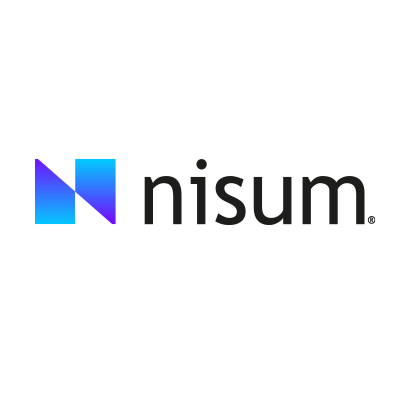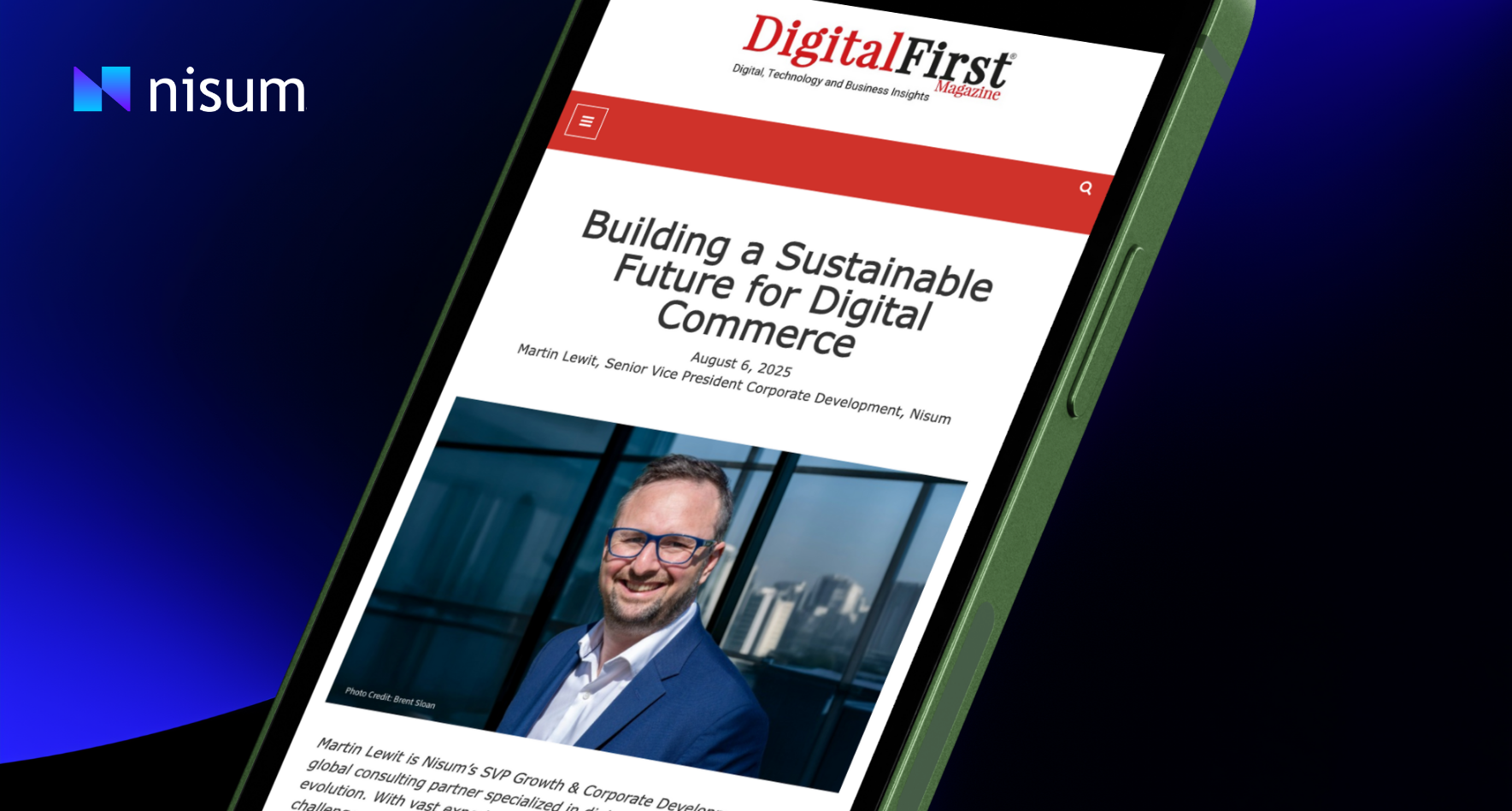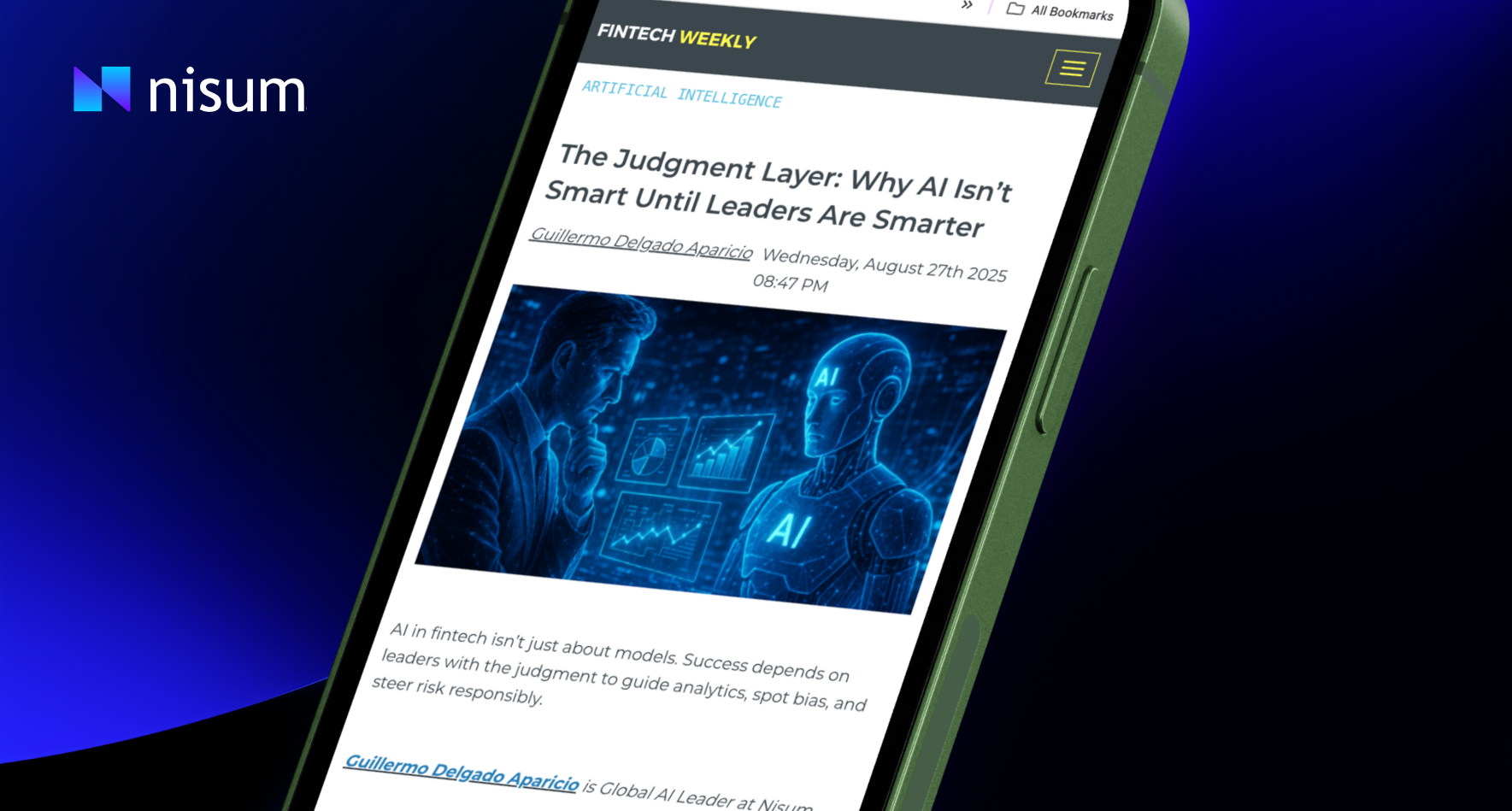 Picture credit: iStock
Picture credit: iStock
In a fast-paced, hyper-connected logistics environment, routing is no longer just a back-office planning tool—it’s a core strategic function. As businesses race to meet rising customer expectations for same-day delivery, cost efficiency, and sustainability, they must also navigate urban congestion, fluctuating fuel prices, and ever-tightening delivery windows. The pressure to optimize routing decisions in real time is growing rapidly.
Traditionally, routing decisions have been managed through Transportation Management Systems (TMS)—enterprise-level platforms like Oracle, SAP, or Blue Yonder. But today, a new generation of external routing solutions—modular, API-driven, cloud-based tools—is gaining traction, particularly in last-mile delivery and dynamic urban logistics.
What’s emerging is not a replacement, but a convergence. Businesses are now blending the strengths of both worlds to build hybrid routing strategies that are fast, flexible, and built to scale.

What’s Inside a TMS?
A TMS is designed to manage complex transportation operations. It handles:
- Route optimization using algorithms like the Vehicle Routing Problem (VRP)
- Carrier selection based on cost, availability, and delivery windows
- Load consolidation and multi-modal transport
- Real-time visibility and compliance tracking
- Integration with ERP, WMS, and order management systems
These features are critical for large-scale logistics and structured transportation environments, such as full-truckload shipments and global operations.
However, traditional TMS platforms often struggle with:
- Real-time responsiveness (e.g., reacting to traffic or weather changes)
- Flexibility for last-mile or gig economy models
- High implementation and customization costs
- Integration with modern, API-first tools
Why External Routing Tools Are Growing
To address these limitations, many companies are complementing their TMS with external routing tools such as Google OR-Tools, Onfleet, Routific, and Samsara. These solutions are:
- API-first: easy to plug into custom apps or platforms
- Real-time: dynamic route updates based on traffic, weather, and demand
- Cloud-based: scalable and cost-effective for startups and enterprise teams alike
- AI/ML-powered: continuously learning from past performance to improve decisions
- Built for last-mile: ideal for urban logistics and complex delivery networks
Use cases include:
- Retail and e-commerce businesses managing last-mile deliveries
- Logistics providers needing flexibility in driver assignments and vehicle constraints
- Companies optimizing perishable goods delivery with time-sensitive windows
TMS vs. External Routing: A Side-by-Side Look
|
Feature |
Traditional TMS |
External Routing Tools |
|
Integration |
Deep with ERP/WMS |
Easy with APIs, flexible |
|
Flexibility |
Limited, costly to customize |
High, configurable |
|
Real-Time Updates |
Often limited or manual |
Dynamic and automated |
|
Best Use Case |
Full-truckload, structured transport |
Last-mile, gig economy, urban delivery |
|
Scalability |
High (but often expensive) |
High (cloud-based, usage-based) |
|
Implementation Time |
Months |
Days or weeks |
|
Cost |
High (licenses + customization) |
Low to Medium (SaaS, modular) |
What’s Next: The Rise of Hybrid Models
The future isn’t either/or. It’s both.
More companies are choosing a hybrid routing model:
- They use TMS platforms for long-haul, structured routing and compliance.
- They integrate external tools for last-mile optimization, dynamic re-routing, and customer-centric delivery models.
According to Gartner and Grand View Research:
- The global TMS market is projected to grow to $40.3 billion by 2029, driven by cloud adoption and AI integration.
- The external routing solutions market will also grow significantly, especially in retail, e-commerce, and urban logistics, with a CAGR of over 8% toward 2027.
This convergence trend is particularly powerful for organizations that need both efficiency and agility in their logistics operations.
Why It Matters for Your Business
Companies that successfully integrate TMS and external routing tools gain a significant competitive edge:
- Faster delivery times
- Lower operational costs
- Higher customer satisfaction
- Greater adaptability in uncertain environments
At Nisum, we work with organizations to build modern, flexible logistics architectures that combine the best of traditional systems with the power of cloud-native solutions.
Ready to optimize your logistics routing strategy?
Contact us to learn how Nisum can help integrate TMS platforms with external tools to drive agility, intelligence, and growth in your supply chain.



